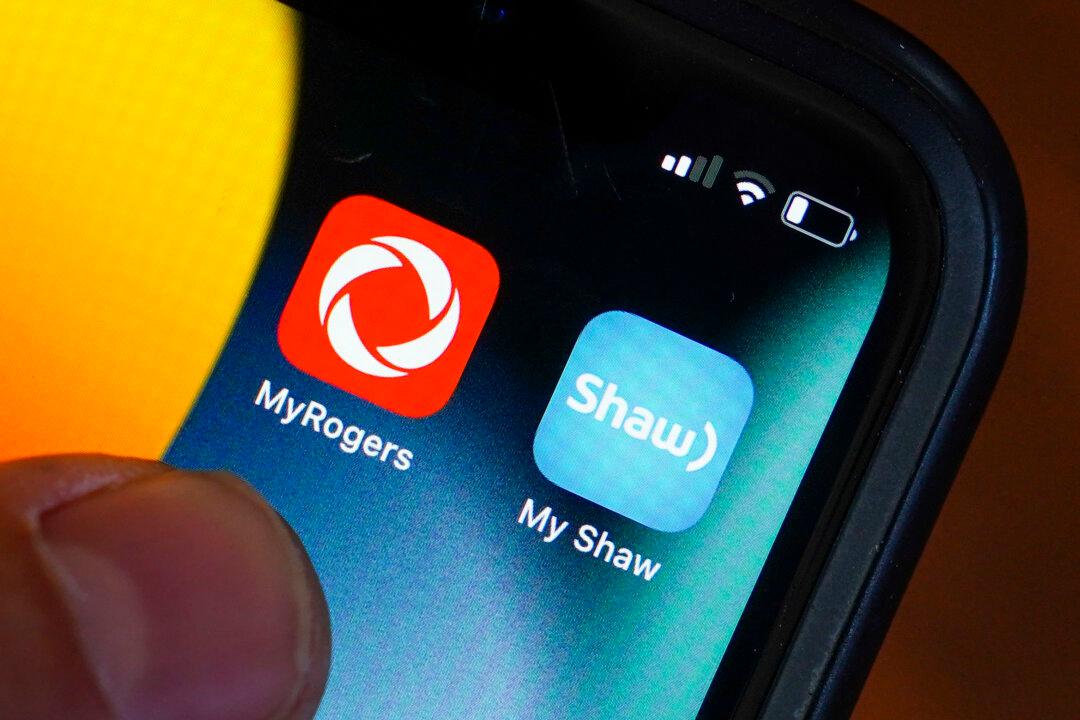The Canadian Radio-television and Telecommunications Commission (CRTC) has announced a policy that aims to increase cellphone competition for Canadian consumers.
In a May 9 news release, the CRTV said it has “taken a major step forward” in advancing a policy to force large cellphone companies to share their networks with competitors. The policy was first set in 2021, according to the government, and allowed regional cellphone providers to compete as mobile virtual network operators (MVNOs) across the country.





